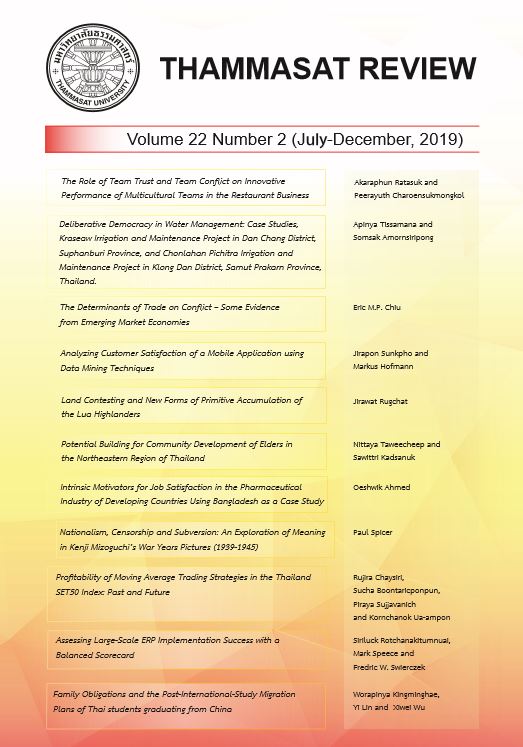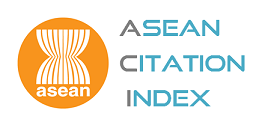Land Contesting and New Forms of Primitive Accumulation of the Lua Highlanders
Keywords:
Land contesting, New forms of primitive accumulation, Lua highlanders, Lua entrepreneur farmersAbstract
This article is a sociological and anthropological study that aims to understand forest land contesting and new forms of capital accumulating of the Lua highlanders through the concept of enclosure and primitive accumulation in an agrarian society. Field work was conducted between 2016 – 2018 (July 2016 – June 2017 and January – March 2018).
The researcher selected Ban Na Fon, Hot District, Chiang Mai, as the focus of the study and interviewed Lua farmers and entrepreneur farmers in Ban Na Fon, as well as Karen farmers in neighboring villages. The research findings indicate forest land is still an important production factor for highlanders. After the mid-1960s, forest land in northern Thailand were enclosed by the Thai government under natural protection policy and contested by highland farmers who claimed rights to their traditional cultivated land. Since the 1980s, however, according to the expansion of tomato growing and trading in highland Hot and Omkoi District, Chiang Mai, forest land surrounding the villages are also accessed and controlled by Lua entrepreneur farmers in Ban Na Fon with two tomato trading strategies: tomato contract farming and green tomato buying. By these two trading methods, Lua entrepreneur farmers can temporarily own forest land (cultivated land of small growers) and make a profit without having their own land or confronting forest officers.
Downloads
Published
How to Cite
Issue
Section
License
The opinions and ideas expressed in all submissions published in Thammasat Review are solely that of the author(s) and do not necessarily reflect that of the editors or the editorial board.
The copyright of all articles including all written content and illustrations belong to Thammasat Review. Any individuals or organisation wishing to publish, reproduce and distribute a particular manuscript must seek permission from the journal first.








